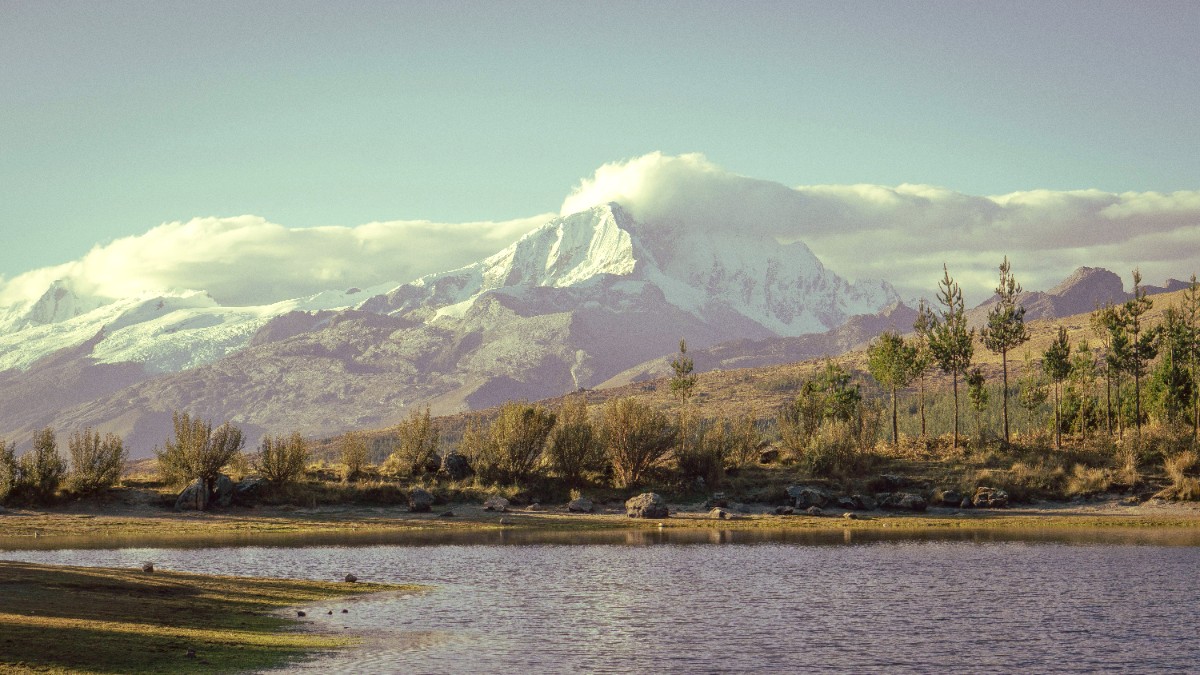
Huaraz And The Cordilleras, Peru
Huaraz presents unique opportunities for adventure. Being prepared makes all the difference for a rewarding trip. The altitude of Huaraz calls for a specific approach to preparation. Acclimatization matters, as does packing for varied mountain weather.
This section details the required steps before you arrive. It helps you set expectations and arrange your trip with confidence. From local currency to health and safety, this information helps you organize your Huaraz adventure effectively.
Consider Huaraz a base camp for the Cordillera Blanca. Preparation here mirrors the care taken for any significant mountain expedition. While you may not climb the highest peaks, the environment warrants respect.
Gathering details about travel seasons, managing finances, and securing necessary documents assists you in focusing on the incredible experiences Huaraz delivers rather than logistical worries. This guide simplifies your planning, giving you knowledge to approach your trip with ease.
May to September
Consistent sunny days, clear skies, ideal for trekking/mountaineering, spectacular views.
Crowded trails, higher prices for tours and accommodations, advance booking advised.
May, September - Early October
Good weather, fewer crowds, potentially lower prices, lush scenery in May.
Increased chance of rain (closer to Oct), snow on higher routes in early May.
October to April
Few tourists, lower prices for accommodation/tours, exceptionally green valleys, impressive waterfalls.
Frequent rainfall, muddy trails, potential landslides, reduced mountain visibility, some high-altitude treks unsafe.
Most nationalities, including citizens of the United States, Canada, the European Union (Schengen Area countries), the United Kingdom, Australia, and New Zealand, do not need a visa for tourist stays. These visitors typically receive a tourist permit upon arrival, commonly up to 90 or 183 days within a 180-day period.
A passport valid for at least six months beyond your planned departure. The Andean Migration Card (TAM) issued upon arrival. Proof of onward or return travel. Sufficient funds for your stay. For visas, apply via Peruvian embassy/consulate.
Peru does not impose general entry fees for tourists upon arrival.
Entry to Huascáran National Park: One-day (S/30), up to 3 days (S/60), 4-30 days (S/150).
Huayhuash trek requires fees directly to local communities. Carry cash in small denominations.
Recommended for jungle areas, not typically for Huaraz or Andean highlands.
Huaraz offers options for various budgets, from frugal backpackers to those seeking more comfort. The Peruvian Sol (PEN or S/) is the official currency. 1 USD typically equals 3.7 - 3.8 PEN. Exchange USD at Casas de Cambio for better rates than banks.
These are approximate daily costs based on individual choices.
Mid-range balances comfort and value. Luxury prioritizes upscale options.
Approximate costs for common expenses.
Huaraz's high altitude and outdoor activities present specific considerations for your well-being.
Ensure tetanus, diphtheria, pertussis, measles, mumps, rubella, and polio are up-to-date.
Highly recommended for all travelers to Peru.
Acclimatize slowly (2-3 days in Huaraz). Hydrate. Avoid alcohol/caffeine first few days. Discuss Diamox with your doctor. Coca leaves/tea may help. Symptoms: headache, nausea, dizziness, fatigue, shortness of breath.
Drink only bottled or purified water. Avoid tap water, even for brushing teeth.
Eat thoroughly cooked food. Exercise caution with street food; choose busy stalls where food is cooked to order. Opt for fruits you can peel. Avoid salads or uncooked vegetables washed in tap water. Wash your hands frequently.
The high altitude means stronger UV radiation. Use High-SPF sunscreen (e.g., Banana Boat Sport Ultra Sunscreen Spray SPF 100), wear a Wide-brimmed hat, Sunglasses, and protective clothing. Reapply frequently.
Carry Anti-diarrhea medication (e.g., Imodium Diarrhea Caplets) and oral rehydration salts.
Hospital Regional de Huaraz (public). Private clinics like Clínica San Pablo are often preferred by tourists.
Widely available (Farmacias or Boticas). Many common medications are over-the-counter.
Police: 105, Fire: 116, Ambulance: 117, Tourist Police: (043) 421341. Keep embassy/consulate info handy.
Huaraz is generally safe, but petty crime occurs in crowded areas. Natural risks exist due to its Andean location.
Comprehensive travel insurance is highly recommended. Ensure it includes:
Emergency medical treatment, hospitalization, doctor visits. Check Insubuy for US visitors.
Crucial for Huaraz's elevation and activities. Helicopter evacuation if needed. Check SafetyWing or World Nomads.
Trip cancellation/interruption, lost/stolen baggage. Consider AirHelp for flight issues.